I've been banging my head against this problem all day. I have a bizarre load that I need to drive over 88 feet of SMA that is a 68 ohm pullup to 15V. The cabling adds 2.64 nF of capacitance. I've sketched it below.

simulate this circuit – Schematic created using CircuitLab
I'm driving negative-going analog pulses (worst-case from 0V to 3V and back) where both the amplitude and pulse width are important, with rise times down to 20 ns. Somehow I have to achieve:
- Low overshoot (<135 mV)
- High amplitude accuracy
- Stability (this has been the most difficult!)
Because this requires sinking 18V / 68 Ω = 265 mA, I can't just use an opamp. So I tried a current-amplified opamp circuit like so:
I originally designed this without considering the capacitance of the cabling and I managed to get it perfect, but it oscillates once I add connect the 2.64 nF, as you can see below. I tried many different transistors and op amps, guessing at what parameter would affect this, but I can't get rid of the oscillation. I'm also stuck with a high-speed op-amp (BW > 50 MHz) because of the fast rise times.
Currently my only viable solution seems to be a simple voltage follower with no feedback. I'd have to calibrate out the VBE drop and temperature dependence, which makes for a terrible system.
My question is this. What causes this oscillation and what do I have to do during part selection to prevent it, or how could I damp the oscillation?

